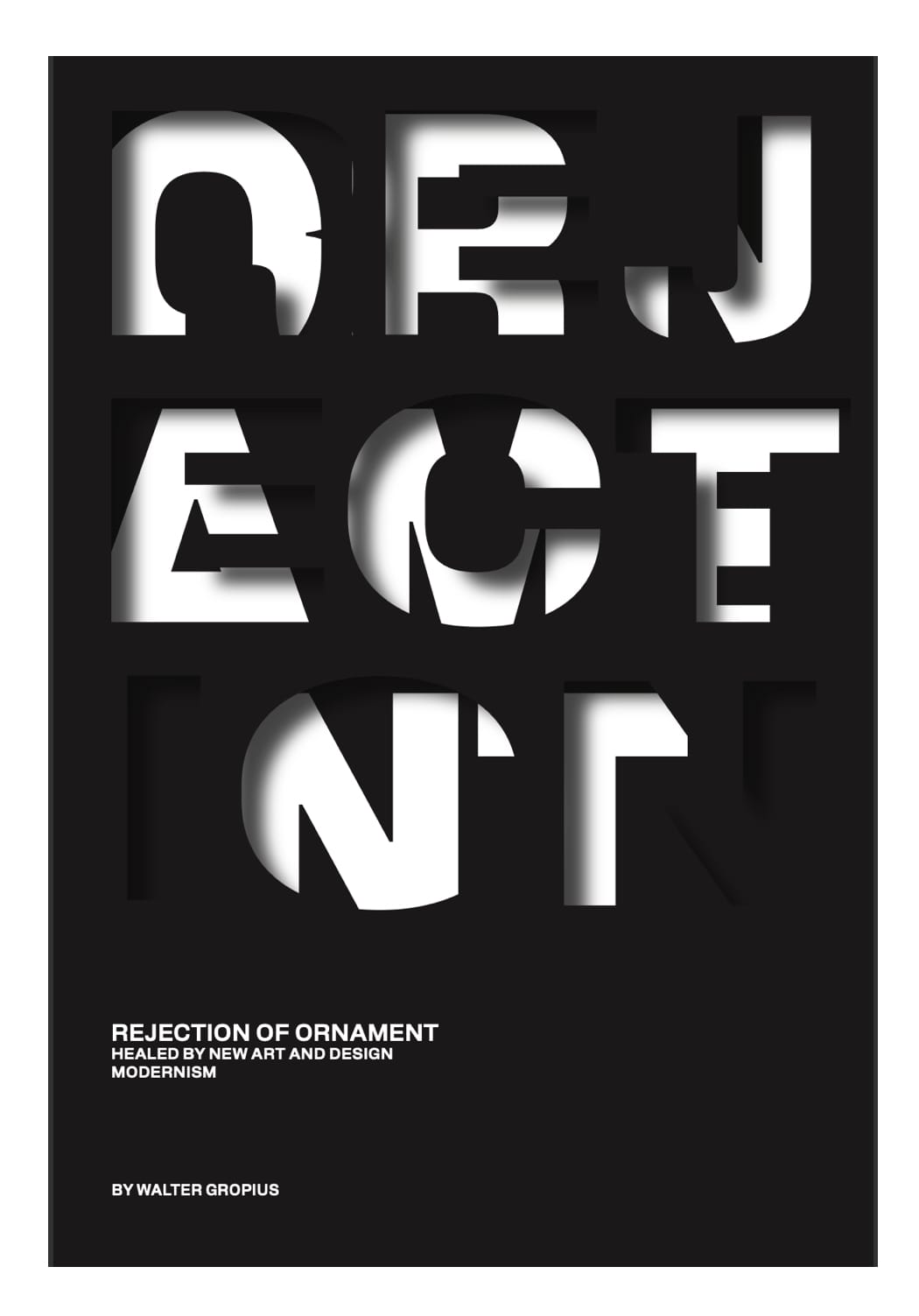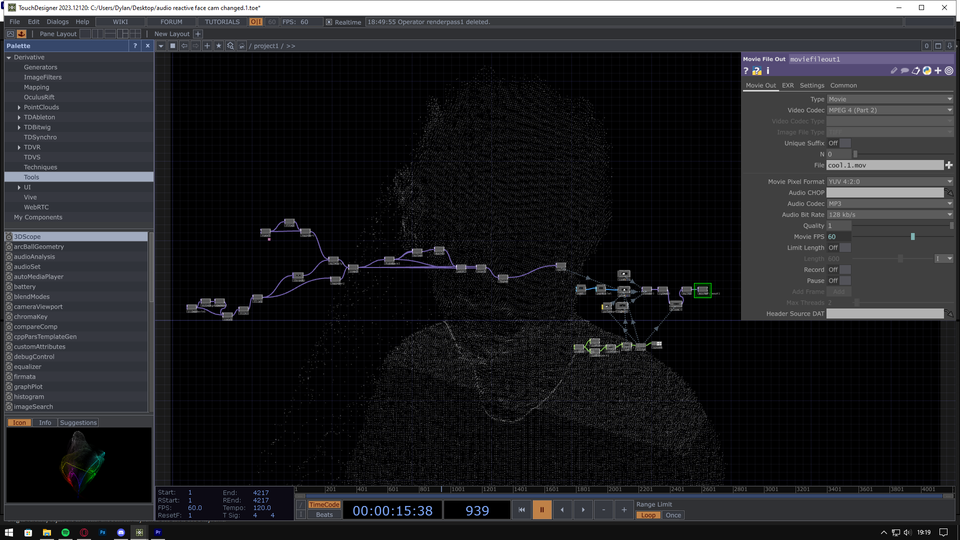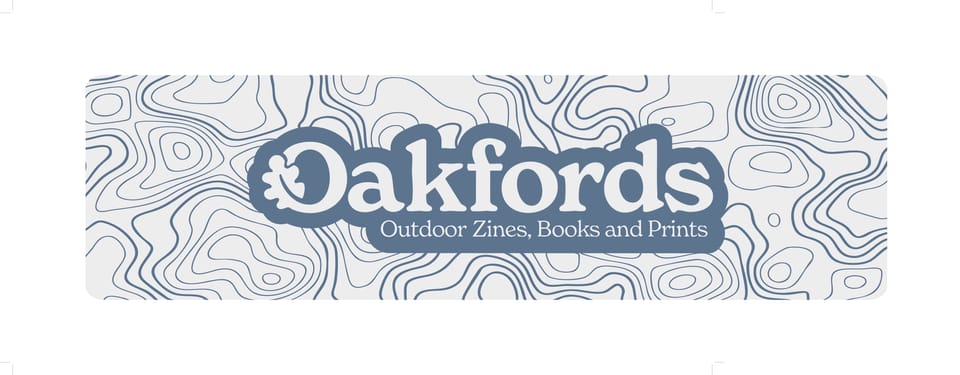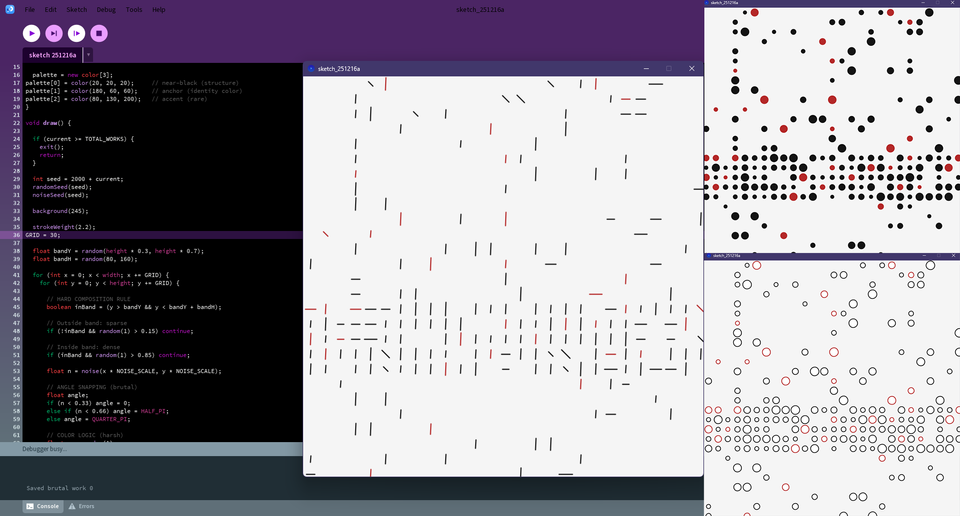Reflecting on Rejection of Ornament with Immersive Media

Blog Post: Reflecting on Rejection of Ornament with Immersive Media
Tags #fivepoint2, #reflection, #innovations
Reimagining Rejection of Ornament with AR and AI
When I completed my project, Rejection of Ornament, inspired by Walter Gropius and Bauhaus typography, I wanted to capture modernist ideas through a minimalist book cover design. Reflecting on the project, I realised how technologies like augmented reality (AR) and artificial intelligence (AI) could dramatically transform how the design is perceived and interacted with. By projecting the work into a virtual environment, viewers could immerse themselves in the typography, experiencing it as part of an architectural installation and further deepening its connection to the Bauhaus principles of form and function.
How AR Could Have Transformed the Project
Immersive media could push the project beyond a two-dimensional design, turning it into an interactive spatial experience. The typography could become 3D sculptures in a virtual or physical gallery space. As viewers navigate the installation, their changing perspectives would allow the letter forms to move and evolve, emphasising the dynamic nature of the design.
Virtual lighting using AI could enhance this experience further, casting realistic, shifting shadows and highlights onto surrounding surfaces. This idea of playing with light and form would amplify the Bauhaus emphasis on minimalism and geometry. Additionally, AR could add contextual layers within the installation—allowing viewers to tap on letters or elements to access information about Gropius’s ideas on rejecting ornament in favour of functional modernist purity.
By using AR and AI, the design could evolve from a book cover into a fully immersive, interactive exhibition. This would encourage exploration, making the audience participants in the design rather than observers.
Different Outcomes
Integrating AR would shift my work from a physical publication into a multisensory experience. The project would not only enhance its visual appeal but also physically embody Bauhaus principles by integrating form, space, and functionality into the design. Engaging with the typography as sculptural forms would offer a more in-depth understanding of modernism’s rejection of ornament, making these principles real and interactive.
Future Implications
Reflecting on how AR and AI could have been applied to this project inspires me to rethink my approach for future work. Emerging technologies offer endless potential and even bridge the gap between digital and physical design. By utilising these tools, I can explore ways to transform my work and push the boundaries of what design can achieve.


